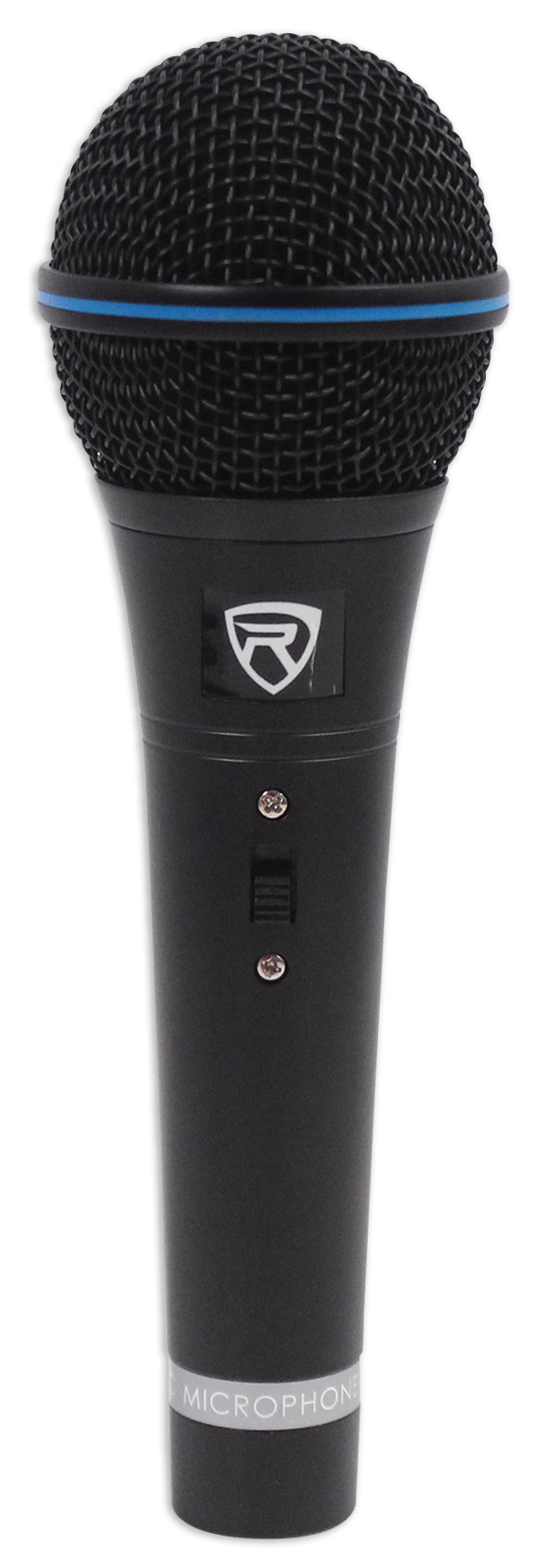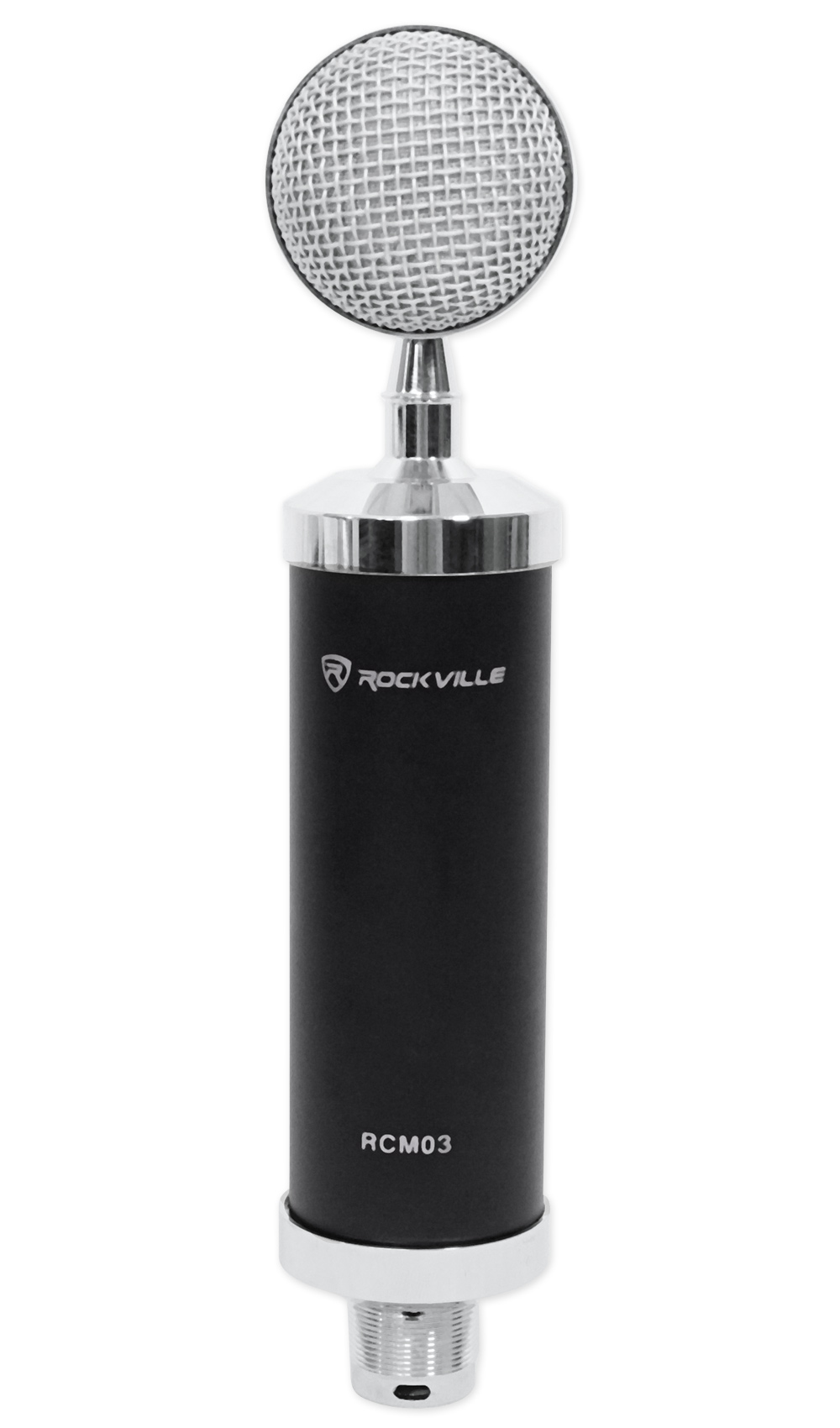All About Microphones - Rockville University Ep. 3
Posted by Darro Chea on 20th Sep 2018
Welcome back to the Rockville University blog, and for those just joining, welcome! Last week we talked about podcasting and sort of glazed over the different microphone choices. This week I wanted to dive a little deeper about the different types of microphones and their applications (more than just podcasting!).
One of the most common microphones are dynamic microphones, sometimes called (moving coil microphones). You see them everywhere: karaoke bars, DJ sets, Weddings, Churches, Live music venues. They’re extremely reliable, durable and long-lasting. The rugged design of dynamic microphones allows for them to handle high Sound Pressure Levels (SPL). They can handled, dropped, and some can even be used to hammer a nail (...we recommend a hammer for that). All of that makes them great for live events, (hence the popularity
For recording applications, dynamic microphones play a large role in capturing specific sounds. Because they’re so durable and rugged, they are extremely good for recording dynamic (read:loud) instruments, like snare drums, kick drums, toms, guitar amps, bass amps. They’re also great at recording podcasts in a less controlled environment because they won’t pick up as much noise as a condenser microphone.
The inside of a dynamic microphone uses a diaphragm that reacts to incoming sound waves. That diaphragm is attached to a coil that moves with the diaphragm (hence “moving coil”), back and forth past a magnet. That movement generates an electric current that is synonymous to the incoming sound and then transferred via the cable. The weight of the coil is considered a little heavy, making it less sensitive than Condenser Microphones.
Condenser Microphones are much more sensitive than dynamic microphones, making them the choice for many controlled recording situations. This is because they can pick up more subtle nuances of sound, resulting in more accurate, clear and rich high end. You’ll find condenser microphones used on vocals, drum overheads, acoustic guitars, pianos (basically anything that produces complex frequencies). Condenser Microphones also come in different shapes and sizes
Small Diaphragm Condenser
To the untrained ear, one might not notice the subtle difference in sound from a Small Diaphragm and a Large Diaphragm Condenser. Small diaphragm condensers have a...smaller diaphragm, so they’re a little bit slower to react than a large diaphragm. This results in slightly less low end pick up, they’re great to use if you want to reject some muddy low-end in instruments like acoustic guitars, Drums (reducing the kick drum bleed), etc.
Large Diaphragm Condenser
Large Diaphragm Condenser microphones are probably more popular than small diaphragm condensers because they’re used for a wider range of applications. They can still be used for applications like drum overheads, acoustic guitar, pianos and vocals, but sometimes they can be used for kick drums, bass amps and more, as long as you mic it correctly! (Make sure not to overload the microphone at the sound source, some condenser microphones have a “PAD” that can reduce the incoming volume.
Ribbon Microphones
Ribbon microphones capture sound very similarly to dynamic microphones, but instead of a diaphragm attached to a moving coil, these microphones use… a ribbon. The ribbon is usually made of a very thin aluminum, making these microphones the most fragile of them all. They were very popular way back in the 40s and 50s, but because of their fragility they became less and less popular. However, advancement in technology and more durable parts have put them back into the limelight.
A ribbon microphone is much warmer than dynamic and condenser microphones, so things sound more airy and rich. They’re primarily used in recording situations and sound great if you want a nice colored sound, they’re used on vocals, drum overheads, pianos, guitar amps. Keep in mind though, that most ribbon microphones have a bi-polar pickup pattern sometimes called figure 8.
Pickup Patterns?!
What is a pickup pattern? I’m glad you asked! A Pickup Pattern or (sometimes called “polar pattern”) is essentially the area of sound that the microphone captures. There are a few main patterns:
Cardioid

This is the most popular pattern. The Cardioid pattern picks up sound in front of the microphone diaphragm, a little from the sides around it, and rejects sound from behind. These are great because they’re directional and can pick up sound from a particular source while keeping noise from other sources to a minimum
Supercardioid
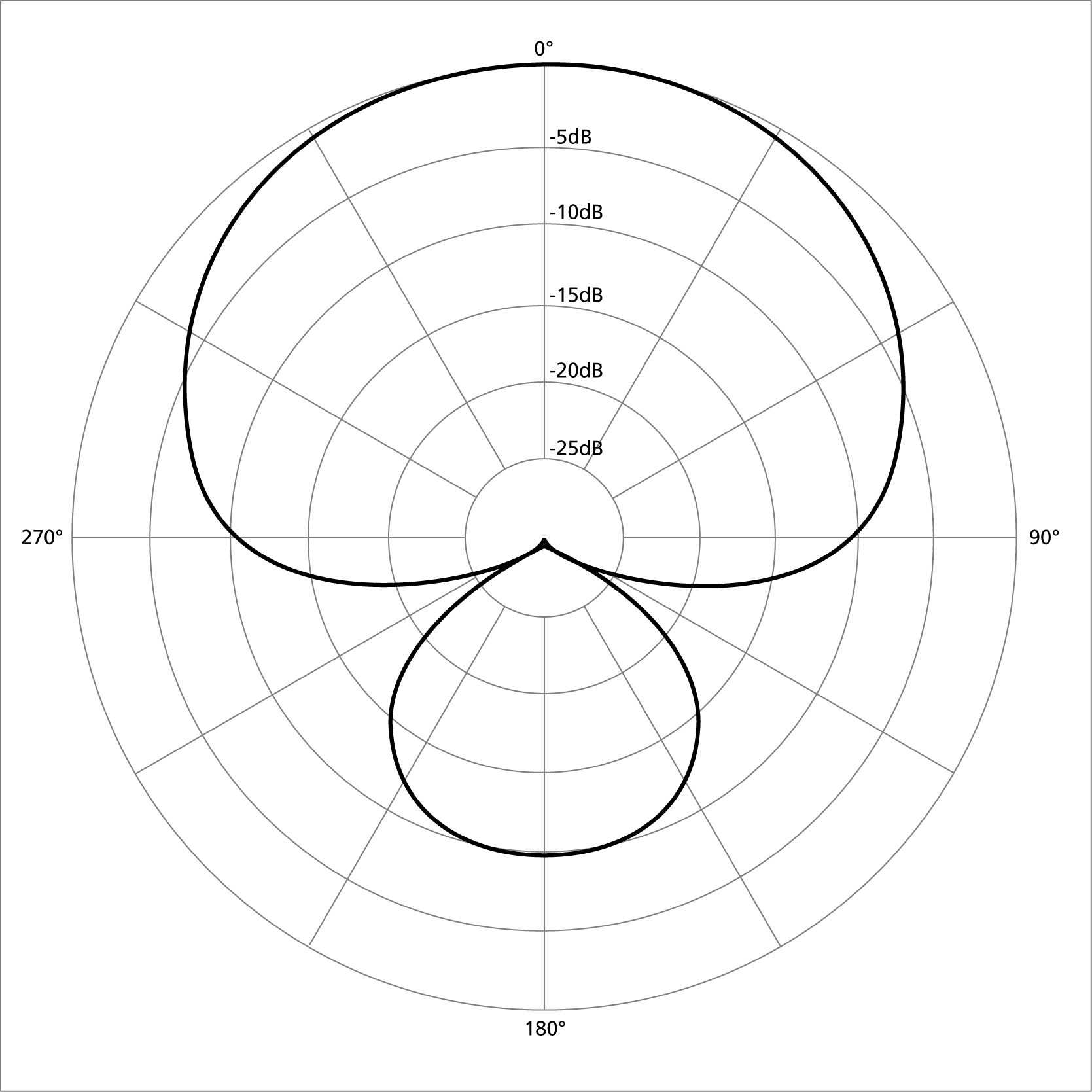
The supercardioid pickup pattern is a more “enhanced” version of the regular cardioid. It picks up an even more narrow field of sound from in front of the diaphragm, rejects more from the sides, but it also picks up a tiny bit from behind the microphone.
Hypercardioid
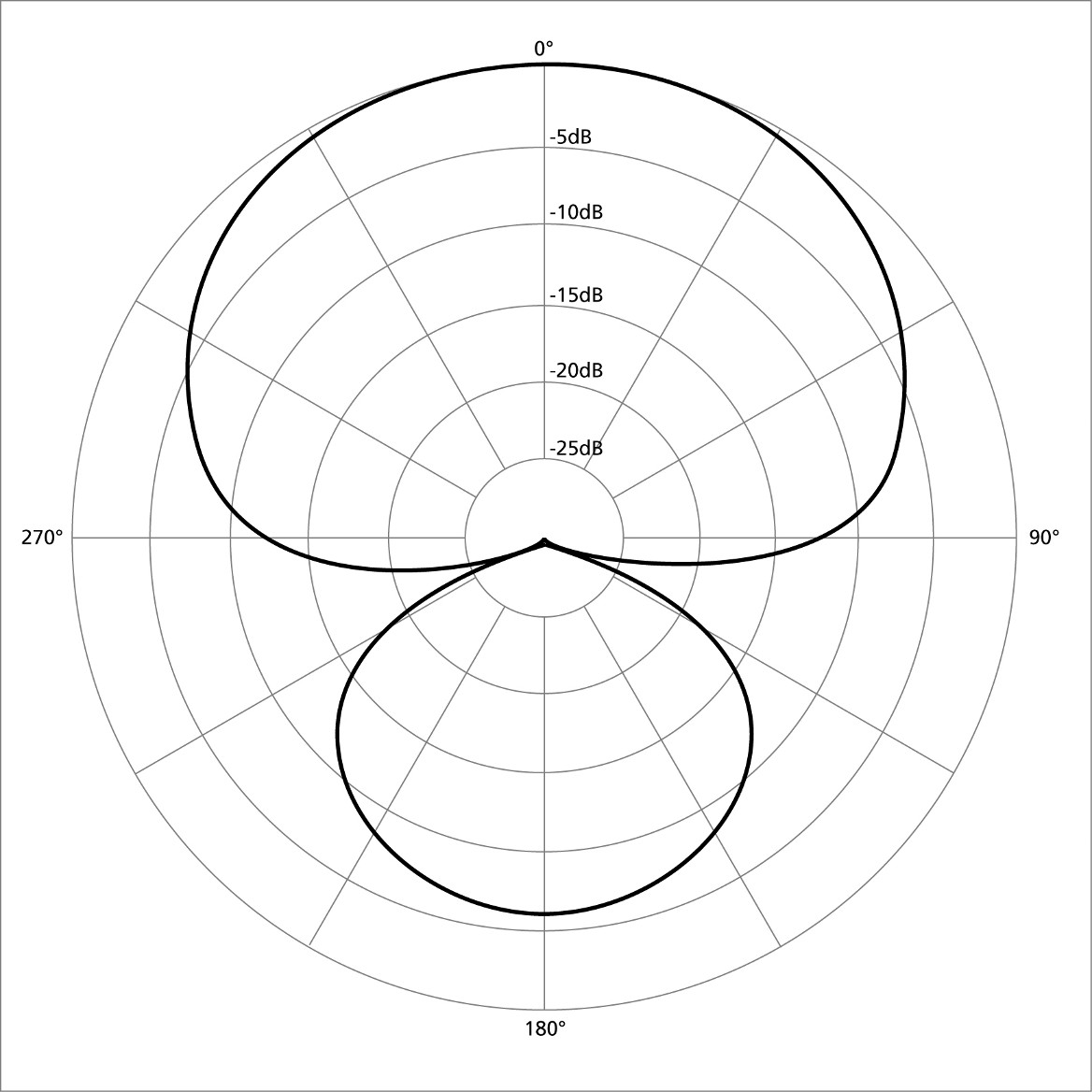
The hypercardioid is an even MORE “enhanced” version of the regular cardioid and supercardioid. It has an even more narrow pickup in the front, and picks up a little bit more from behind as well.
Figure 8 (Bi-Directional)
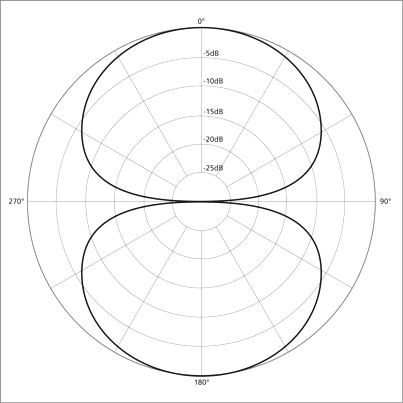
The Figure 8 or Bi-Directional polar pattern picks up sound from the front and the back of the microphone equally. This polar pattern is very common in Ribbon microphones because of the design. These are great for capturing room sounds, and also if you want to record two audio sources with one microphone. You could have one singer in front and one singer in back of the microphone and capture them evenly.
Omnidirectional
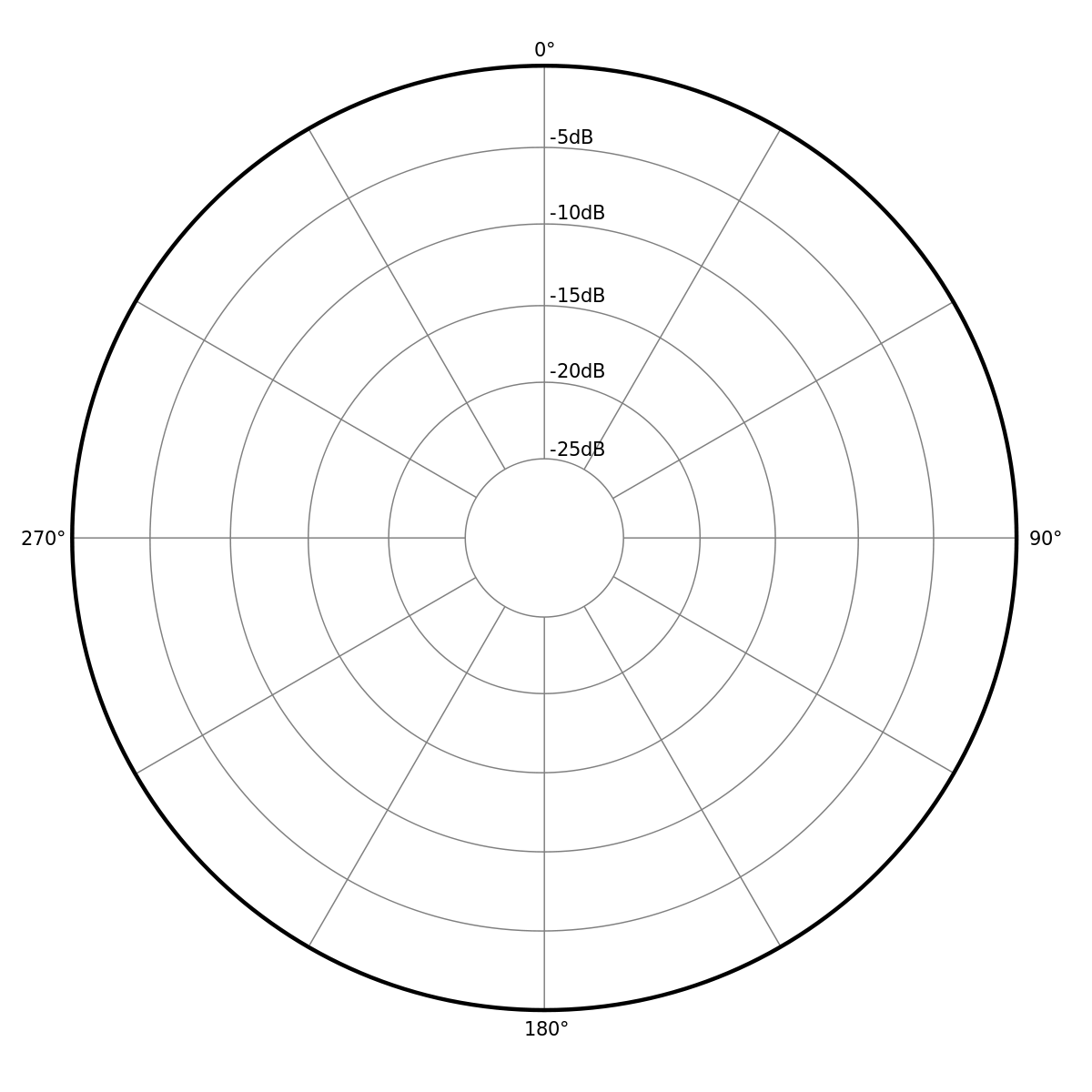
Omnidirectional pickup patterns pick up sound 360 degrees around the microphone evenly. Because of their even pickup pattern, they tend to be very clean and flat, (adding no color to the sound). That makes them great for capturing sounds as they...sound. They’re used a lot as measurement microphones such as room analysis, SPL measurement and sometimes used in classical instruments like pianos, orchestras and so on.
Wireless microphones have a wide variety of uses, and each one can be either condenser or dynamic. Wireless microphones function almost exactly the same as the microphones mentioned above...just without a cable attaching to the mixing board or interface. These microphones can either be handheld or lavaliere or clip-on microphones and use a receiver that, well, receives the wireless microphone signal and gets plugged into your mixing board. They require battery power as well. You will often find this in live events and church services (places where distant and microphone cabling can be a hassle). They usually transmit either VHF (Very High Frequency) or UHF (Ultra High Frequency) systems. UHF is more often associated as “higher-end” because the frequencies being transmitted are a little bit less crowded than VHF, but of course VHF is a bit cheaper as well. Consider your budget, scenario and environment when selecting a wireless system, as well as any possible interference that may occur as well (things like radio transmission, garage door openers...TV Broadcasting systems!). Some wireless systems can support multiple microphones with on receiver.
Handheld Wireless Microphone
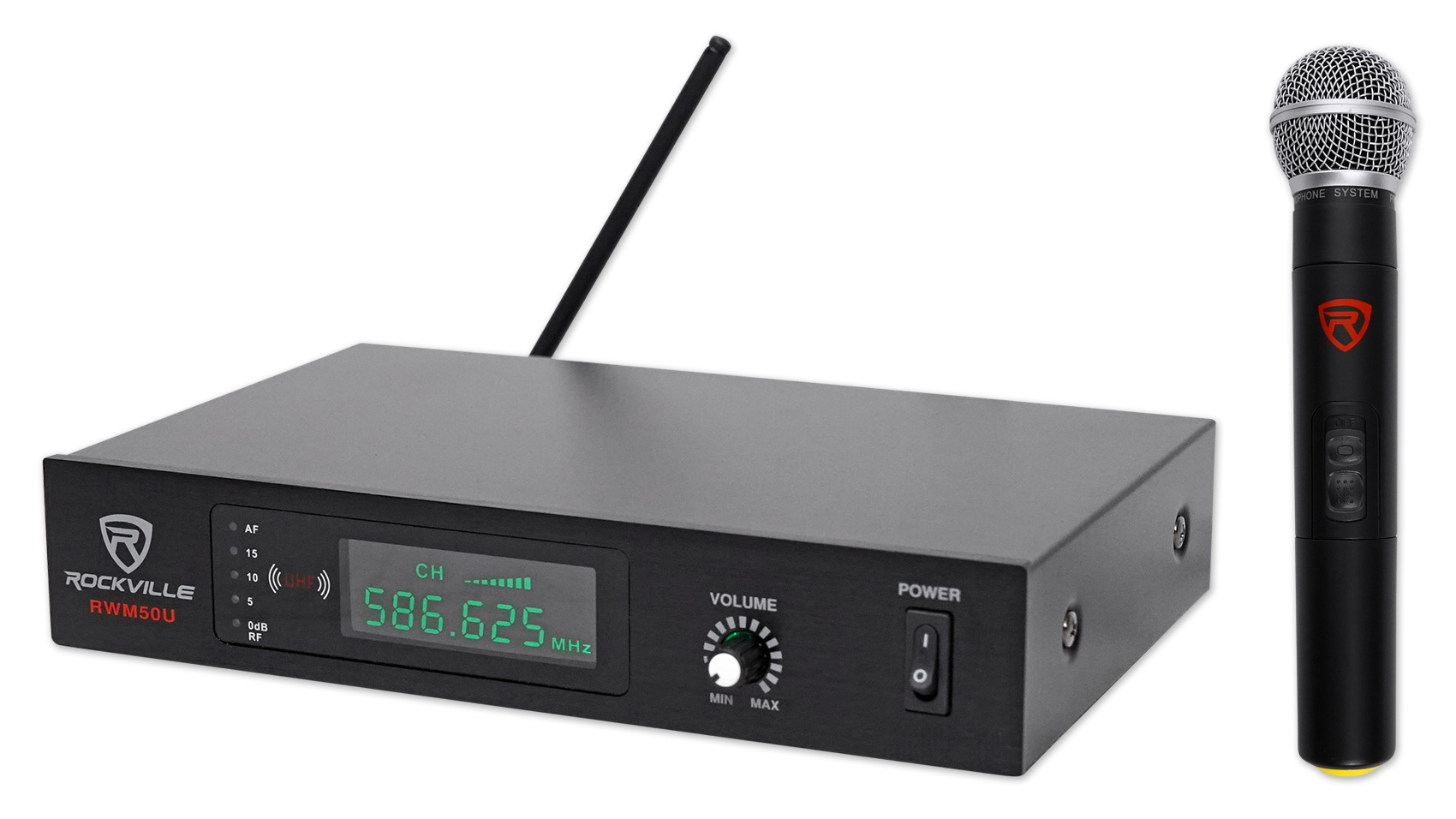 Most handheld microphones is essentially a wireless version of your standard dynamic microphone. In fact, many wired dynamic microphones come with a version of that exact same microphone, just wireless. Same internal design, capacitors, diaphragms, just with a built-in wireless transmitter and receiver to get plugged into your sound or mixing board. These are most often used for events like DJ sets, musical performances and concerts, speaking events and so on. They are generally just as durable as your standard wired dynamic microphone because they are still dynamic microphones, but that's not to say that a wireless handheld condenser microphone does not exist!
Most handheld microphones is essentially a wireless version of your standard dynamic microphone. In fact, many wired dynamic microphones come with a version of that exact same microphone, just wireless. Same internal design, capacitors, diaphragms, just with a built-in wireless transmitter and receiver to get plugged into your sound or mixing board. These are most often used for events like DJ sets, musical performances and concerts, speaking events and so on. They are generally just as durable as your standard wired dynamic microphone because they are still dynamic microphones, but that's not to say that a wireless handheld condenser microphone does not exist!
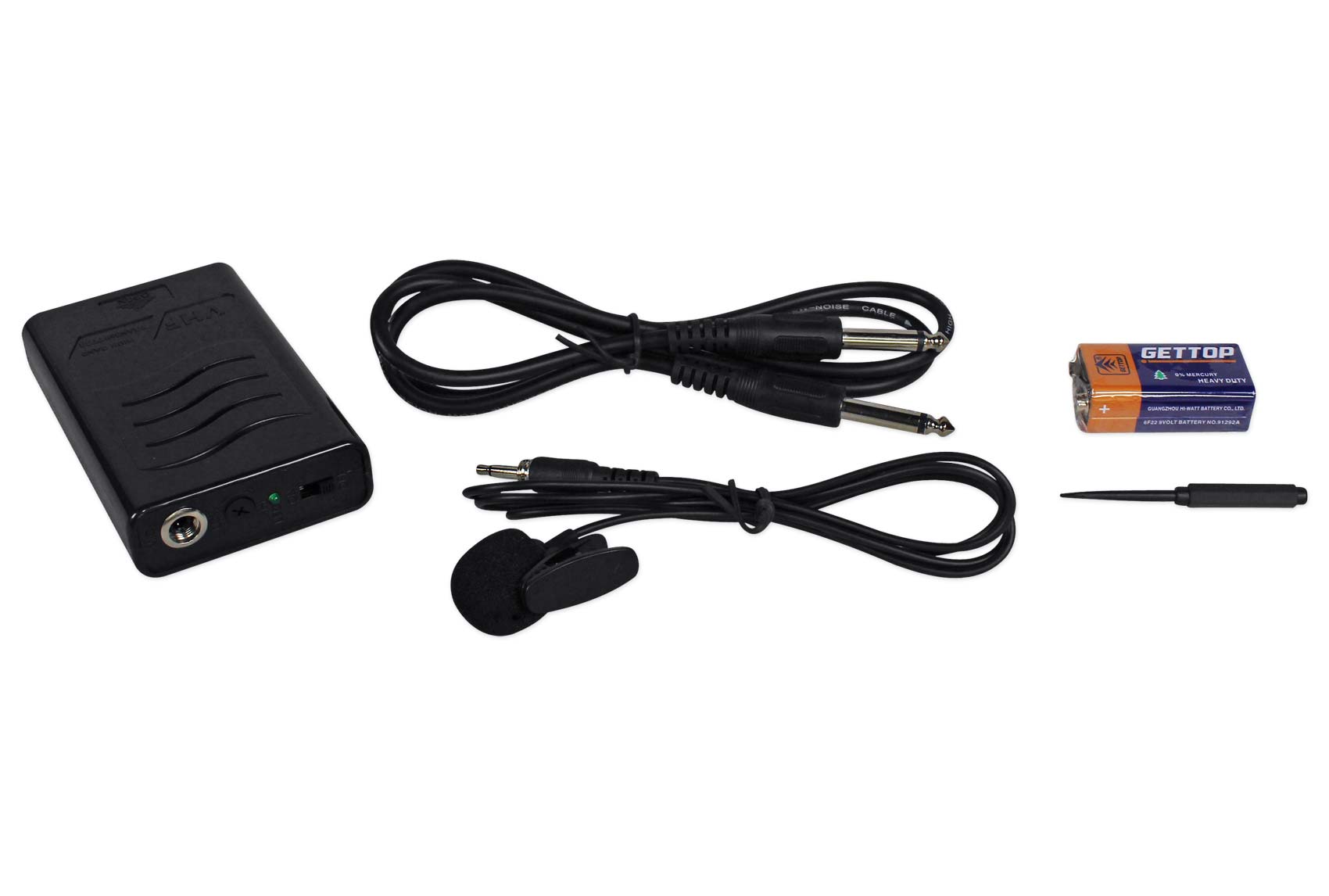
Wireless Lavaliere Microphone
The wireless Lavaliere microphone is meant for recording or amplifying dialog. Usually made as a clip on or to be mounted to a podium, it's generally used for speaking or on movie sets to record the actors' dialogue. These are great if your speaker wants free use of their hands or if you want the microphone to be concealed. Make sure you get one with even distance and range for your speaker to move around!


